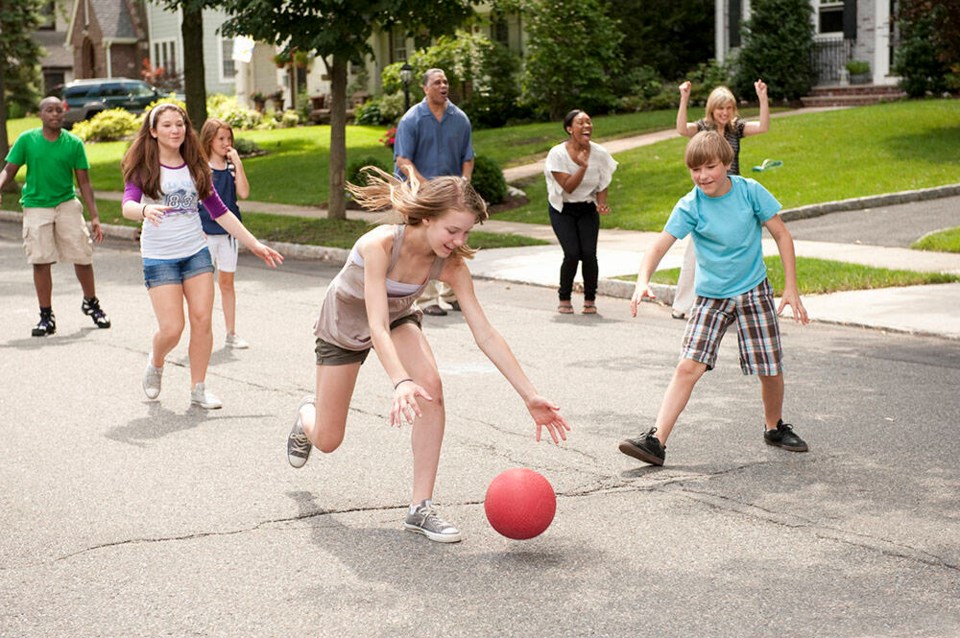If you see a road closed off in Richmond next spring and kids cycling, drawing with chalk or maybe just reading, don’t be surprised.
The Society for Children and Youth in B.C. has received a $15,000 “Vision Zero” grant to create a “play streets” program in Richmond that focuses on connecting children and youth with their communities, them physically active - and highlighting the need for safe streets.
Zoe Howell, the project coordinator, told the Richmond News they’ve tried out the program in Vancouver – sometimes shutting down streets in front of schools to encourage active transportation – and she said she’s excited to bring this “super successful” program to Richmond.
The society is partnering with the City of Richmond and will be looking for local youth to help design and organize the events.
Vision Zero, launched in 2021, is jointly funded by the Ministry of Transportation, the Ministry of Health and Vancouver Coastal Health.
Besides dealing with communicable diseases – like COVID-19 – public health also looks at promoting health and active lifestyles.
While there’s been some decrease in injuries related to driving, accidents involving pedestrians and cyclists has remained stable over the years, noted Dr. Michael Schwantz, VCH medical health officer.
Public health promotes a “safe systems approach” through the design of roads and government policies that have been known to reduce injuries and fatalities, Schwantz added.
How safe people feel on the road will either promote or put a barrier to cycling, he added.
The Play Streets program aims to bring awareness to road safety with the aim of eliminating injuries and fatalities on the road.
An example of a policy that has proved to decrease serious injuries is simply lowering speed limits, Schwantz said.
But designing roads in the first place to be safer, for example, putting in barriers to stop midline crashes has been known to significantly reduce bad crashes.
“Creating a transportation environment that’s safe… from the start is the idea,” Schwantz said.
Pilot projects like the Play Streets might become permanent solutions, or inspire similar projects in nearby areas, he added.



